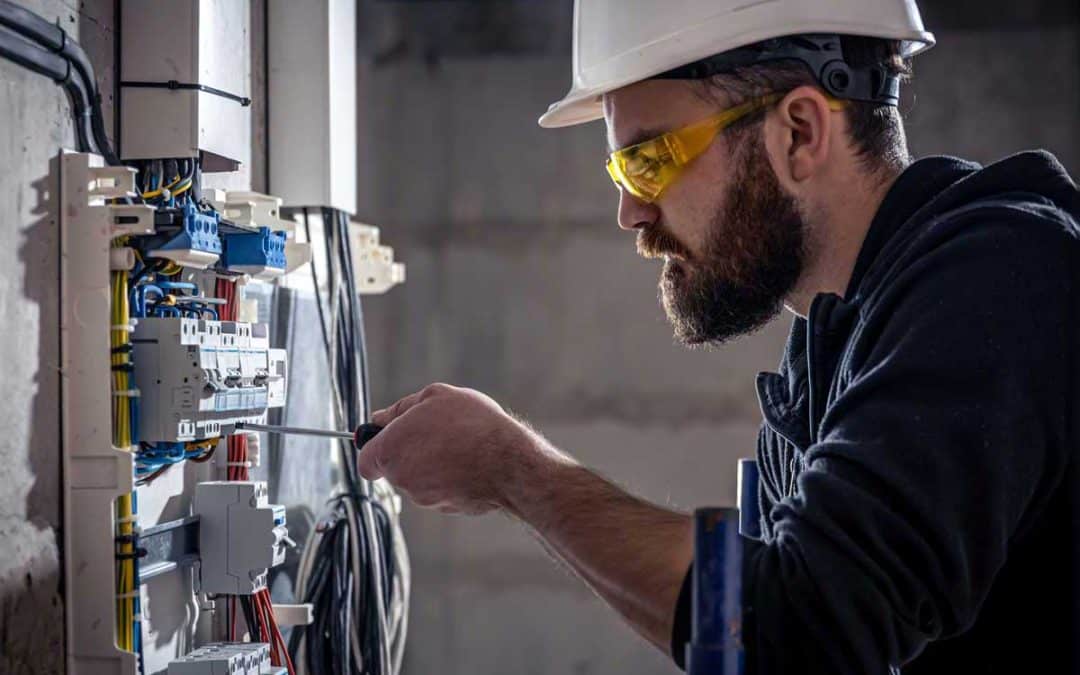Ensure Your Home or Strata is Safe, Sound, and compliant with The Canadian Electrical Code (CEC)
The Canadian Electrical Code (CEC), formally designated as CSA Standard C22.1-21, is a vital resource for ensuring safety and compliance in electrical installations across Canada. With its recent endorsement as the BC Electrical Code, it’s crucial for professionals, homeowners, and strata managers in British Columbia to grasp its significance, content, and purpose.
Purpose of the Canadian Electrical Code
The overarching goal of the Canadian Electrical Code is to safeguard electrical installations, minimizing hazards such as fires and electric shocks. This protection extends beyond professional settings, impacting residential properties and communal living areas managed by stratas. Ensuring compliance with the CEC can help prevent property damage and protect lives, making it an essential standard for anyone responsible for electrical maintenance and safety.
Content of the Code
The CEC addresses a broad spectrum of electrical installation concerns, including guidelines for wiring, protection, and control systems. The 25th edition, the latest iteration, reflects the latest in safety practices and technological innovations. It’s structured to be accessible not just to electricians but also to those who manage or own property, providing clear guidelines that help maintain safe living environments.
Notably, the BC Electrical Code incorporates specific deviations suited to regional needs, such as the exclusion of subrules 7 and 8 of Rule 66-456 (Section 66) from enforcement within BC. These regional adaptations ensure that the code is applicable and relevant to local safety requirements.
Importance of Compliance for Stratas and Homeowners
For strata managers and homeowners, adhering to the Canadian Electrical Code isn’t just about legal compliance—it’s about ensuring the long-term safety and integrity of their properties. Compliance helps prevent electrical failures that can lead to costly and dangerous situations. It’s particularly critical in strata settings, where electrical systems can be more complex due to shared spaces and infrastructure.
Transition and Implementation in BC
The transition to the updated BC Electrical Code is straightforward but critical to understand. For work performed under installation permits issued before October 1, 2022, the 2018 (24th) edition must be followed until completion. From November 30, 2022, onward, all new installations must comply with the 2021 (25th) edition. This clarity ensures that both ongoing and future projects meet the latest safety standards. Strata managers and homeowners should also pay attention to local government policies regarding electrical code enforcement, which may vary and affect compliance on a more localized level.
Get Involved and Stay Informed
For those looking for more detailed information or with questions about the new code edition, engaging with the Technical Safety BC community can be invaluable. This platform offers insights, updates, and discussions that can help homeowners and strata managers remain informed about best practices in electrical safety.
Conclusion
The Canadian Electrical Code serves as a critical safeguard for electrical installations, ensuring that residential properties, including those managed by stratas, meet stringent safety standards. For BC homeowners and strata managers, understanding and implementing the provisions of the CEC is not only a regulatory requirement but a proactive step towards ensuring a safer living environment.
